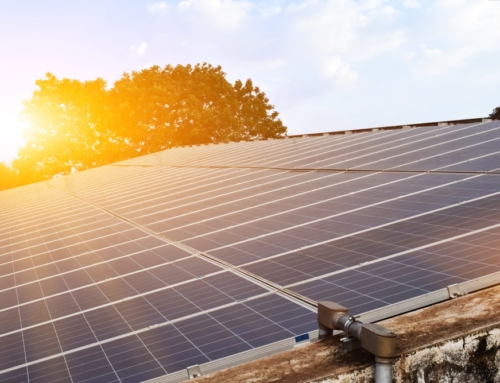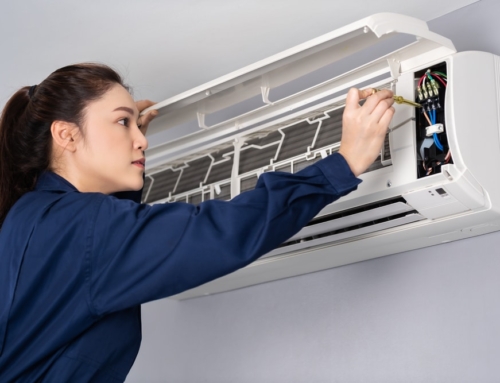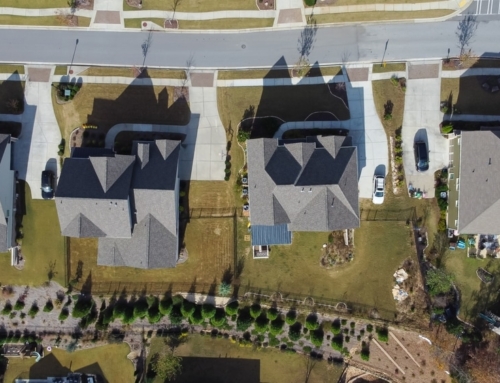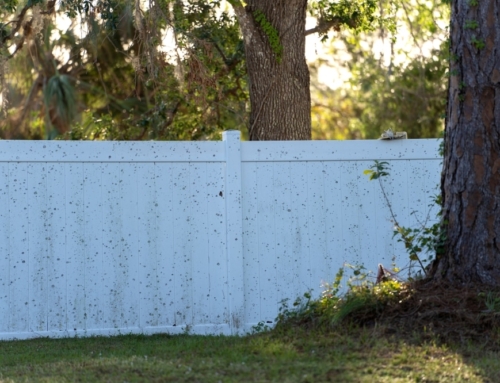Did you know that the average family in the U.S. spends close to $1,300 per year on their utility bills? And with the price of oil up three times since last year, that cost is set to go through the roof.
Unfortunately, a large portion of that energy is wasted, which means you might as well be burning dollar bills instead of sending them each month to the utility company.
According to the Department of Energy, the amount of energy wasted through poorly-insulated windows and doors is about as much energy as we get from the Alaskan pipeline each year. And, electricity generated by fossil fuels for a single home puts more carbon dioxide in the air than two average cars.
Most folks spend 44 percent of their energy dollars heating and cooling their homes. Lighting, cooking and other appliances eats up another 33 percent of those dollars. The refrigerator alone accounts for another 10 percent. Finally, households spend the final 14 percent of their of their energy dollars heating water.
The good news is, by using a few inexpensive techniques, you can reduce your energy bills by up to 50 percent and, at the same time, help reduce air pollution.
The key to achieving these savings is to create a whole-house energy efficiency plan.
The “whole-house” approach means viewing your home as an energy system with interdependent parts. For example, your heating system isn’t just a furnace. For most folks, it’s a heat-delivery system that starts at the furnace and delivers heat throughout your home using a network of ducts.
Your furnace may be top-of-the-line, but if the duct system is uninsulated, and full of leaks, and your walls, attic, windows and doors are uninsulated, your energy bills will be costly.
Start by taking a tour of the interior of your home, including the basement or crawl space. Check the levels of insulation in walls, ceilings, attic, crawl space, basement and the water heater, if possible.
Check for holes and cracks around windows, doors, light fixtures, outlets and walls. Take a good look at your windows. If they’re old, do you have storm windows? If they’re new, are they double-paned or single-paned?
Do you buy appliances that are energy efficient? An easy way to tell is to check for the Department of Energy’s Energy Star ® label.
Is your fireplace damper open? If your fireplace is not on, but the damper is open, you can draw a roomful of heat out of the house in a matter of hours.
Do you regularly pull out your refrigerator and vacuum the coils?
The easiest and most cost-effective way to save money is to insulate your home, starting with the attic and crawl space or basement. Hot air rises, and if you insulate the attic, you’ll trap heat in your house in the winter. In the summer, when the hot sun beats down on your roof, the insulation will help keep your house cool by keeping out the heat.
Another easy way to save money is to weatherize your home. Warm air that leaks into your home during the summer, and out of your home during the winter, can waste a substantial portion of your energy dollars.
One of the quickest ways to save money is to caulk, seal, and weather-strip all seams, cracks, and openings to the outside.
Some of the most common source of airleaks includes dropped ceilings, recessed lights, an entrance to the attic, electrical wires, boxes and panel, plumbing utilities, water and furnace flues, all ducts, door sashes and frames, chimney penetration, warm air registers, window sashes and frames, baseboards, coves and interior trim, electrical outlets and switches, light fixtures and sill plates.
You can save 10 percent or more on your energy bill simply by reducing the air leaks in your home.
Finally, be judicious in your use of heat and air-conditioning. By seeing your thermostat as low as comfortably possible in the winter, and as high as possible in the summer, you’ll shave plenty off your energy bills.
You can save as much as 10 percent a year on your heating and cooling bills simply by using a programmable thermostat, that allows you to adjust the times you turn on the heating or air conditioning according to a pre-set schedule.
By making just a few energy-efficient adjustments, you’ll find your monthly utility bills will drop, leaving you with cash to spend elsewhere.






Leave A Comment